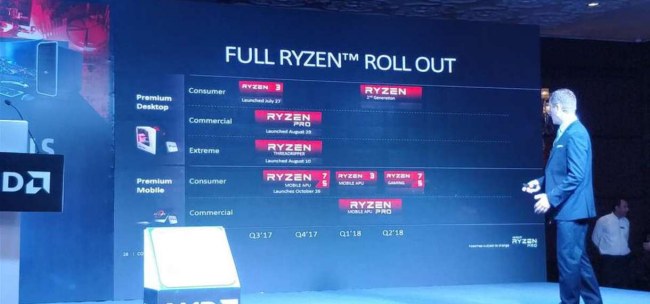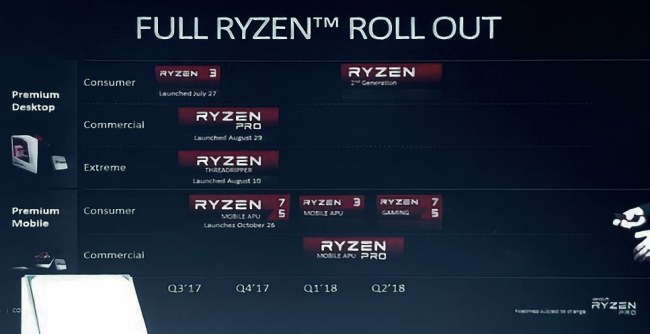Author: edfu777 [AT] hotmail [DOT] com (Nick Farrell) Fudzilla.com – Home
Despite having it explained to them
You would think that the body in charge of regulating telecoms and the internet in the US might understand how it works, but according to the Electronic Frontier Foundation the watchdog is clueless.
It says that FCC’s latest plan to kill net neutrality is riddled with technical errors and factual inaccuracies.
The biggest misunderstanding the FCC still has is the incorrect belief that when your broadband provider sells you Internet access, they’re not selling you a service by which you can transmit data to and from whatever points on the Internet you want. Citing a past order, the FCC demonstrates this misunderstanding by claiming that “[e]nd users do not expect to receive (or pay for) two distinct services—both
Internet access service and a distinct transmission service, for example.”
The EFF said that this false distinction between “Internet access service” and “a distinct transmission service” is utterly ridiculous and completely ungrounded from reality. As the FCC would have it, there is some sort of “transmission” that is separate from the Internet that ISPs provide access to.
“The FCC needs to realise that the Internet is nothing more than transmission between interconnected machines. The FCC’s understanding of the Internet borders on the mystical, as if the Internet itself were some vaguely defined other realm that an ISP opens a portal to. But there is no other realm, only a collection of networks, including the ISP’s networks. There’s no Internet separate from accessing the Internet; the Internet is just machines accessing each other. It’s worrying that such a mischaracterisation may be the basis of a federal regulation that will have wide-ranging effects,” the EFF says.
The FCC also has a troublingly limited knowledge of how the Domain Name System (DNS) works—even though hundreds of engineers tried to explain it to them this past summer.
The FCC believes that DNS functions similarly to a gateway. “We do, however, find similarities between functionalities such as address translation and storage and retrieval to key functionalities provided by ISPs as part of broadband Internet access service, and we conclude the court found such gateway and similar functionalities independently sufficient to warrant an information service classification under the MFJ.”
But “address translation” and “storage and retrieval” are fundamental parts of any software implementation and have little to do with the service that a system provides.
“DNS is a fundamental piece of the transmission puzzle. Code translation is a general purpose technique. Every machine translates IP addresses from machine-order to network-order; that doesn’t make every translation point a gateway,” the EFF points out.
What’s more, the FCC still thinks that “the absence of ISP-provided DNS would fundamentally change the online experience for the consumer.” Although it admits that “ISPs are not the sole providers of DNS services,” it still thinks that DNS is “indispensable to the broadband Internet access service customers use—and expect—today.” As the FCC would have it, an Internet user actively expects their ISP to provide DNS to them.
Most users don’t know what DNS is, let alone expect that their ISP provides it. As for users who know enough about DNS to have expectations about who provides it, many choose to use third-party services for their speed and value-add functionality separate from the name translation service. ISPs choose to point users to their own DNS service; they could just as easily point to a third-party service instead of their own, and users would rarely ever notice a difference.
The FCC is confused on the matter of caching. Like DNS, it treats caching as if it were some specialised service rather than an implementation detail and general-purpose computing technique.
In its discussion of Web caching services, which the earlier Notice of Proposed Rulemaking asked for commentary on, the FCC included an irrelevant line about the general computing technique of caching which is used as part of implementing a DNS service. This implementation detail certainly has no bearing on either Web caching or DNS as services, and shows how little it understands these services on the whole.
The FCC claim that offering web caching is an integral part of the functionality that ISPs provide, but it isn’t. Sonic, a San Francisco-based ISP, does not run web caching equipment for its customers.
The EFF said that either the FCC doesn’t understand how the Internet works or it doesn’t care, because its real goal is simply to cobble together some technical justification for its plan to kill net neutrality.
“A linchpin of that plan is to reclassify broadband as an “information service,” (rather than a “telecommunications service,” or common carrier) and the FCC needs to offer some basis for it. So, we fear, it’s making one up, and hoping no one will notice,” the EFF said.


















